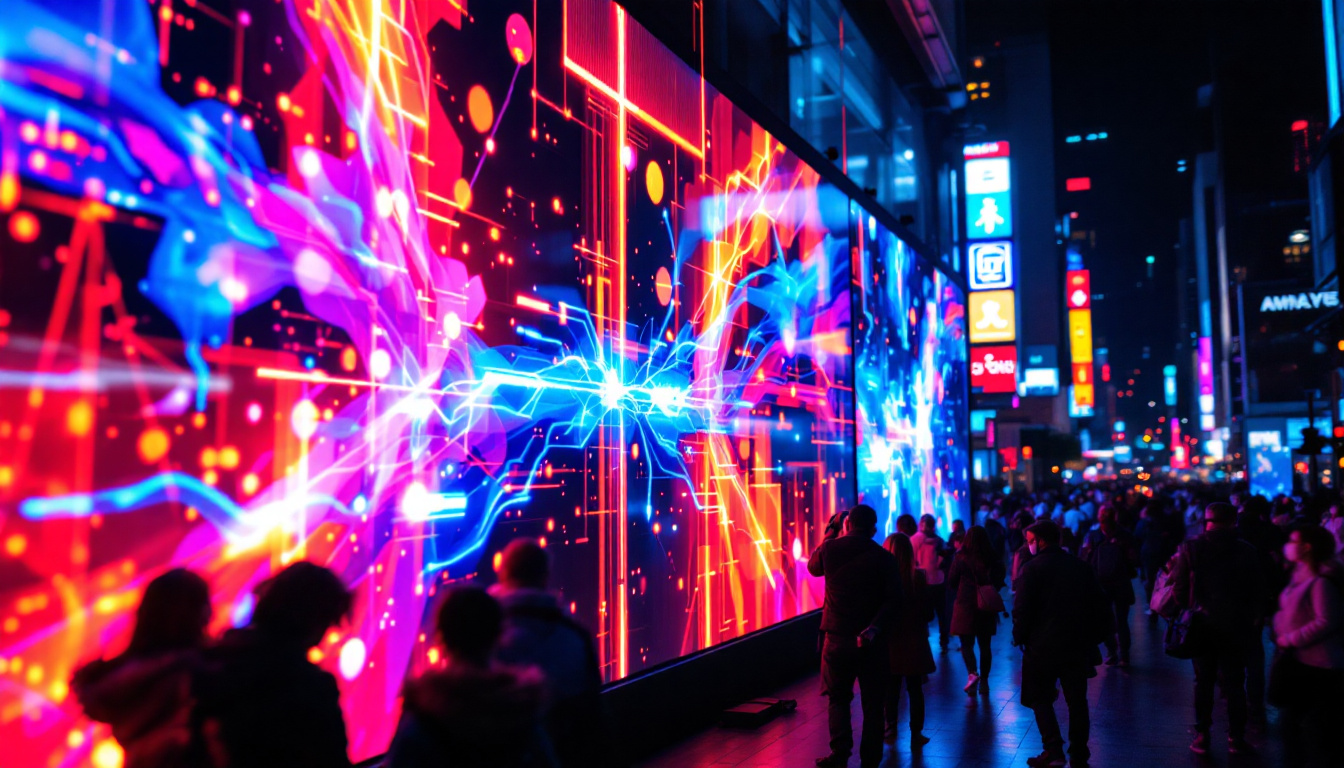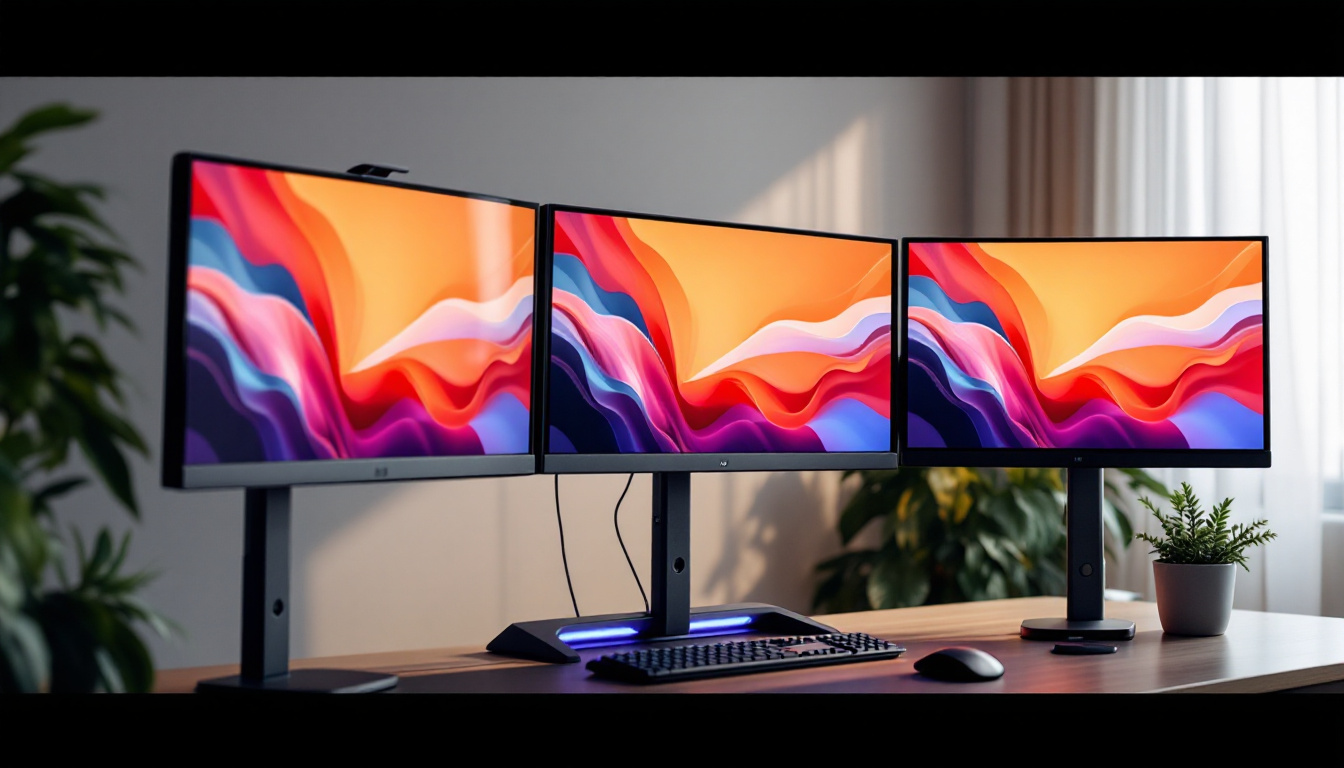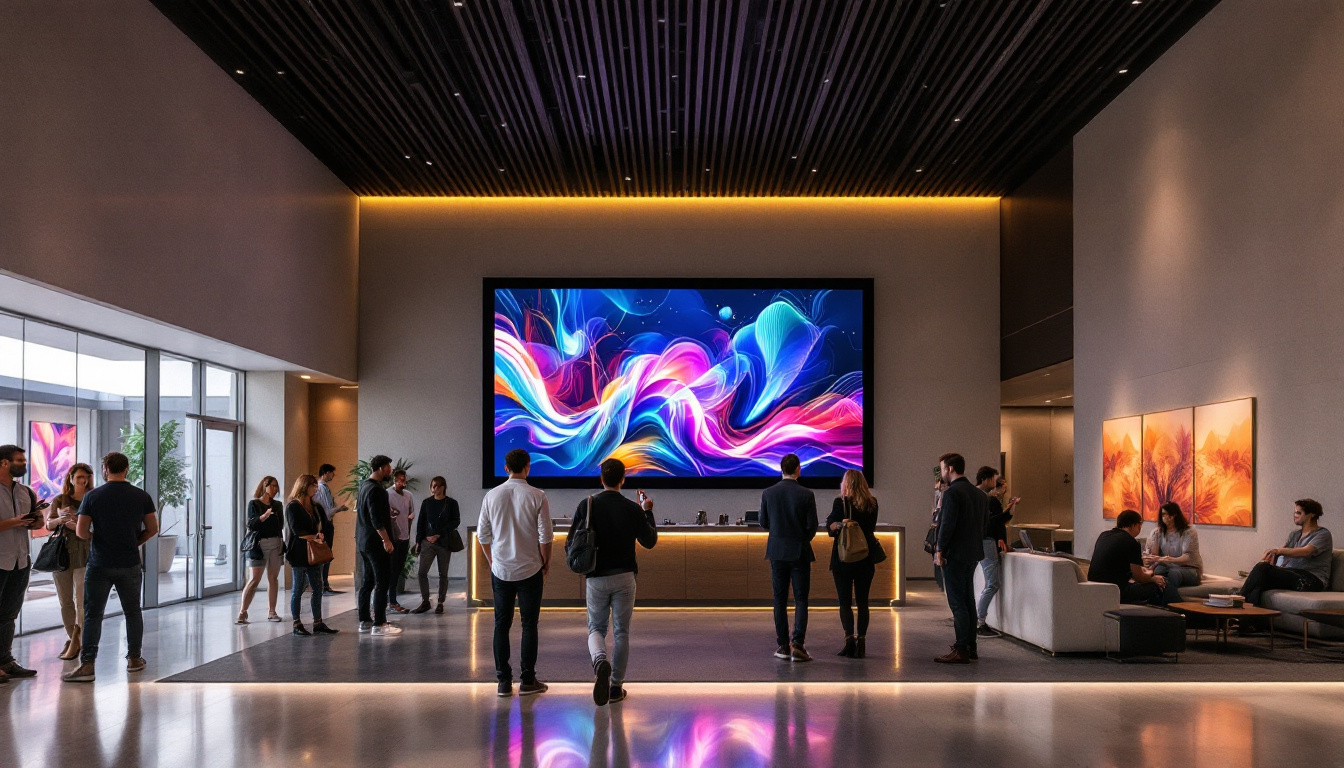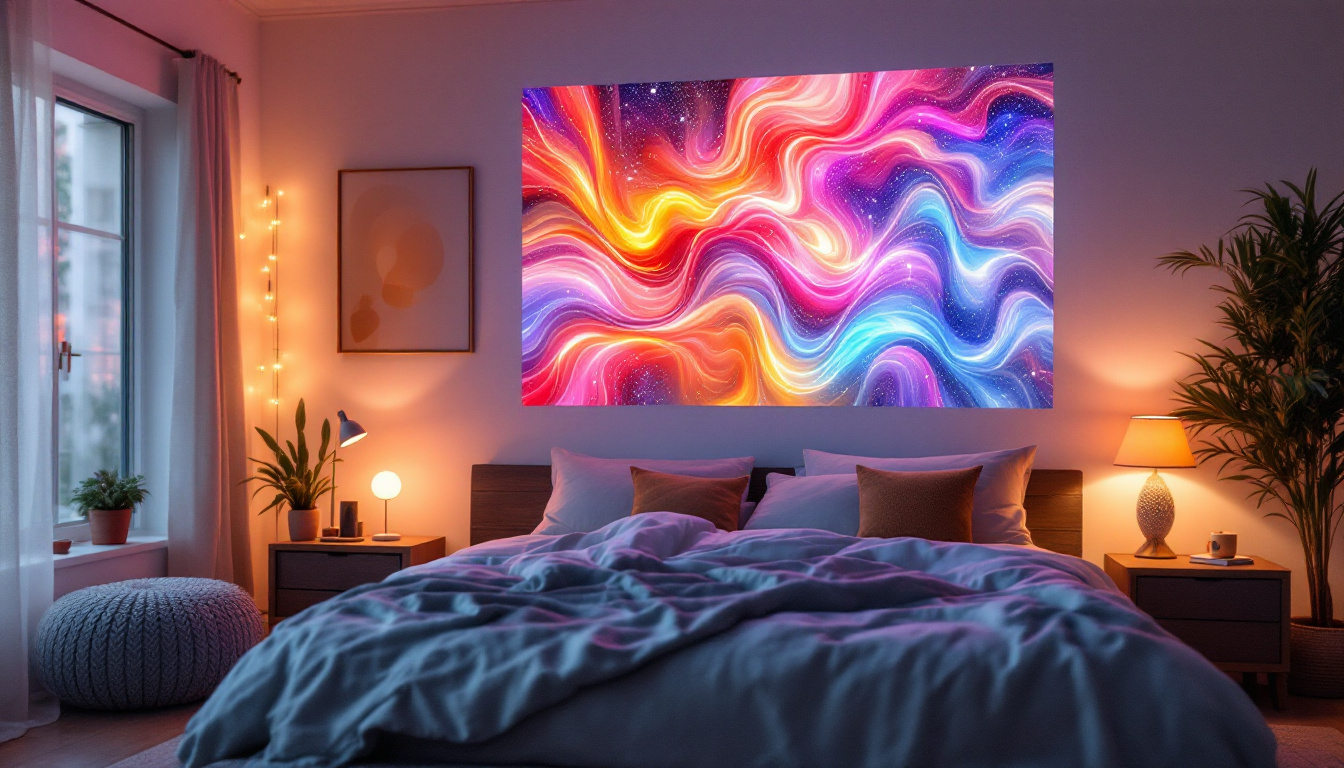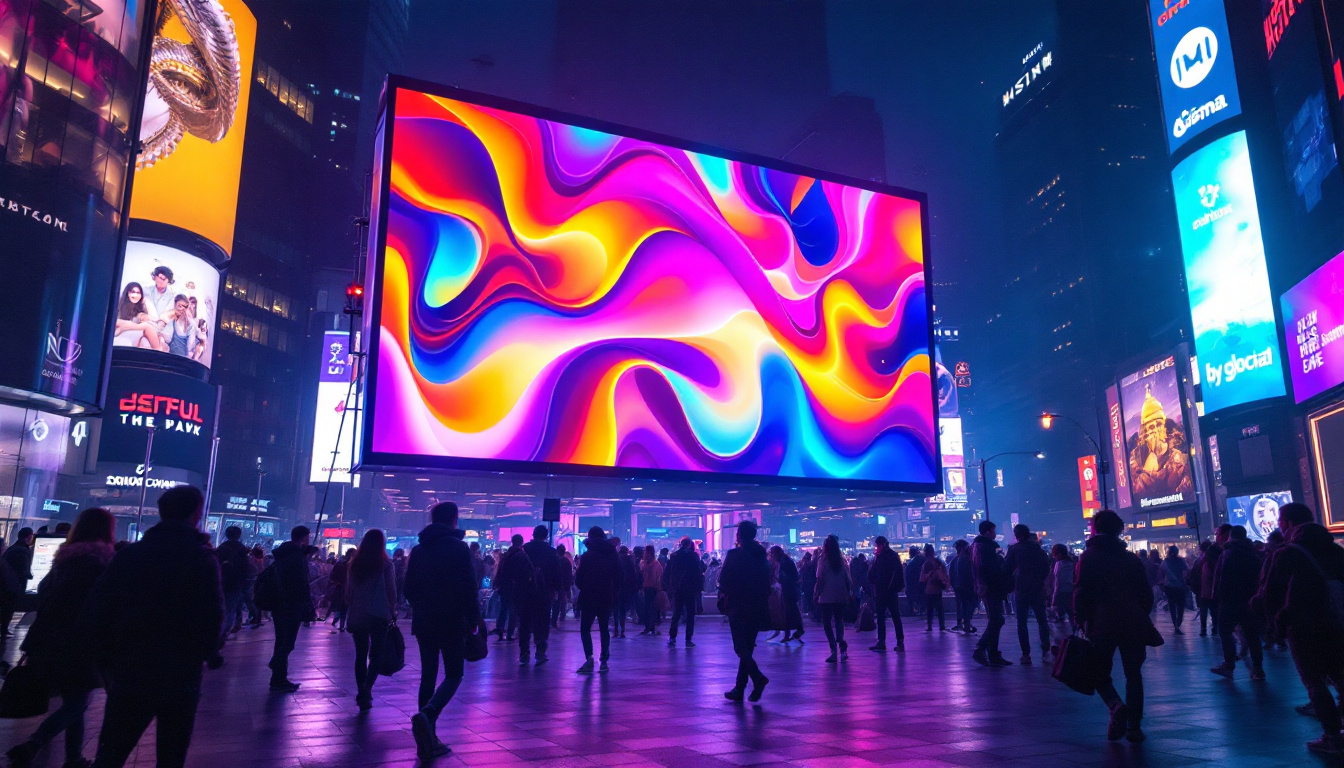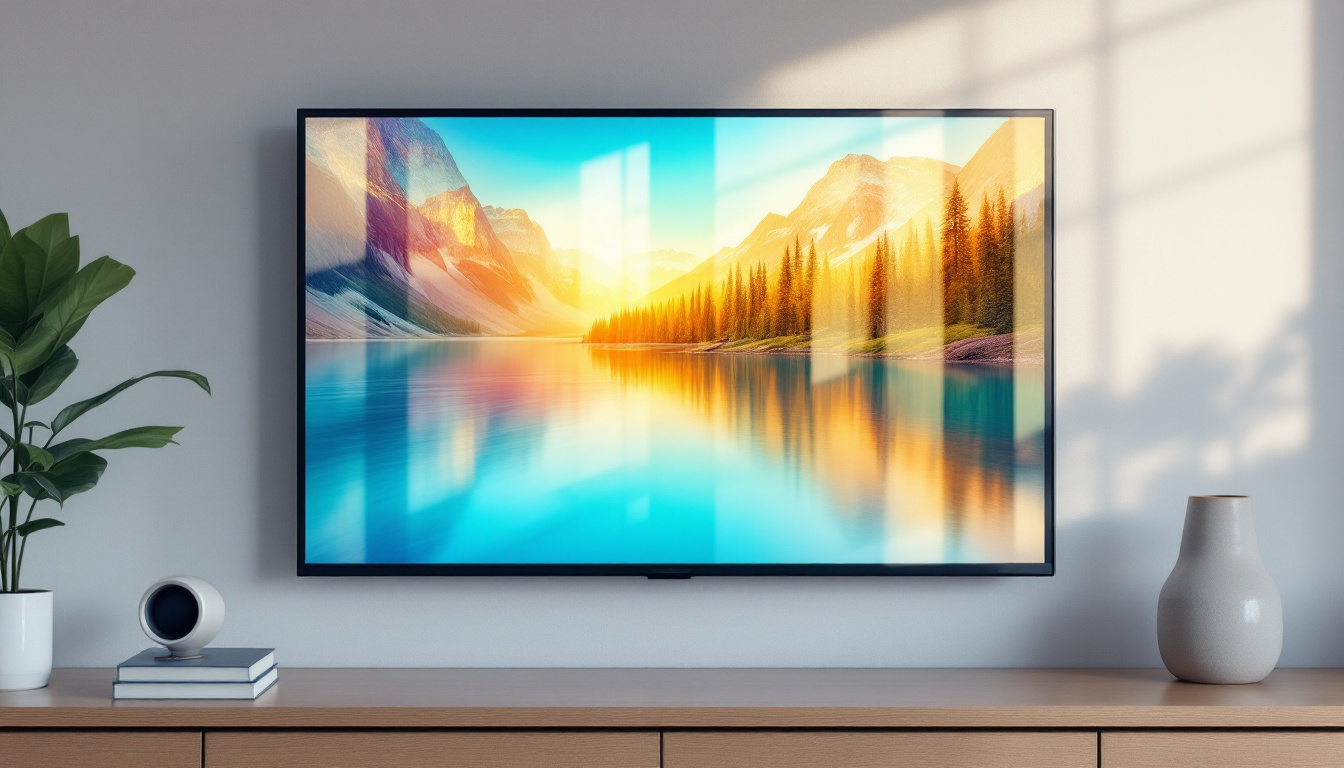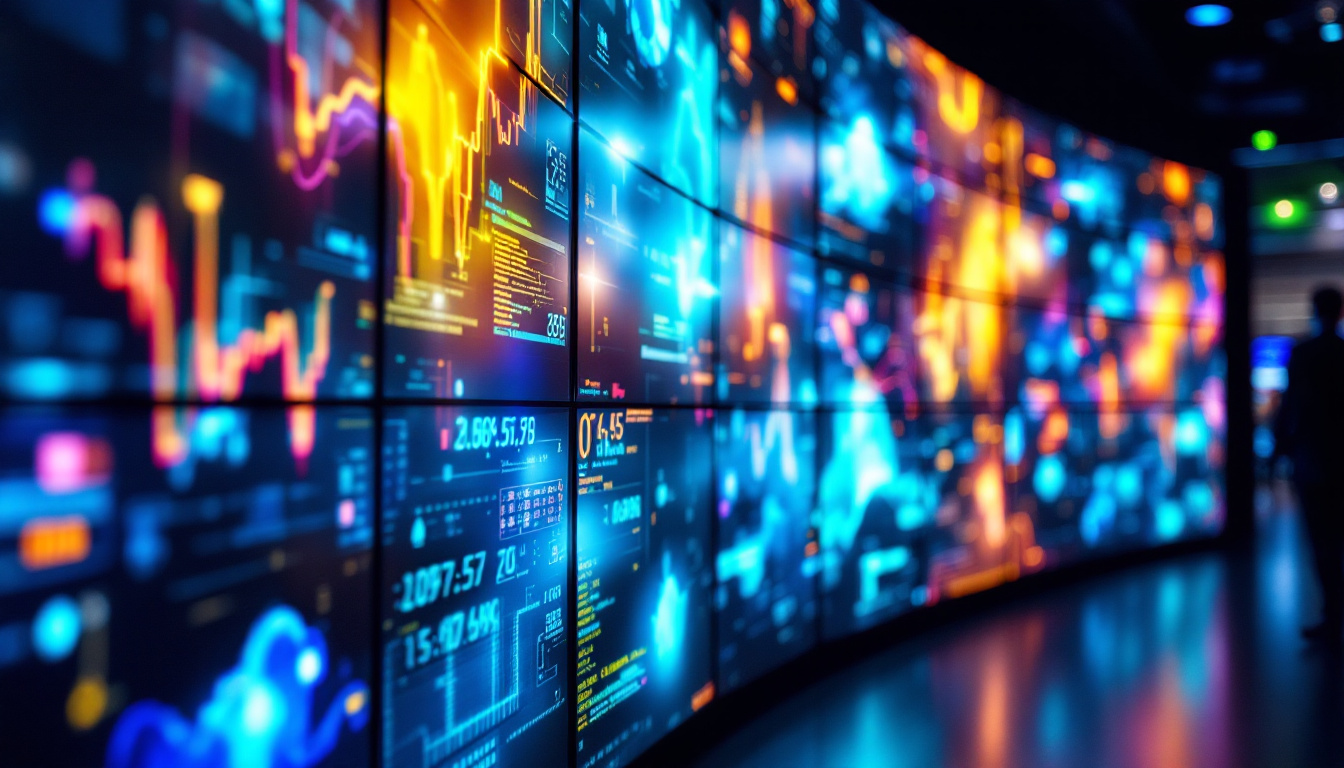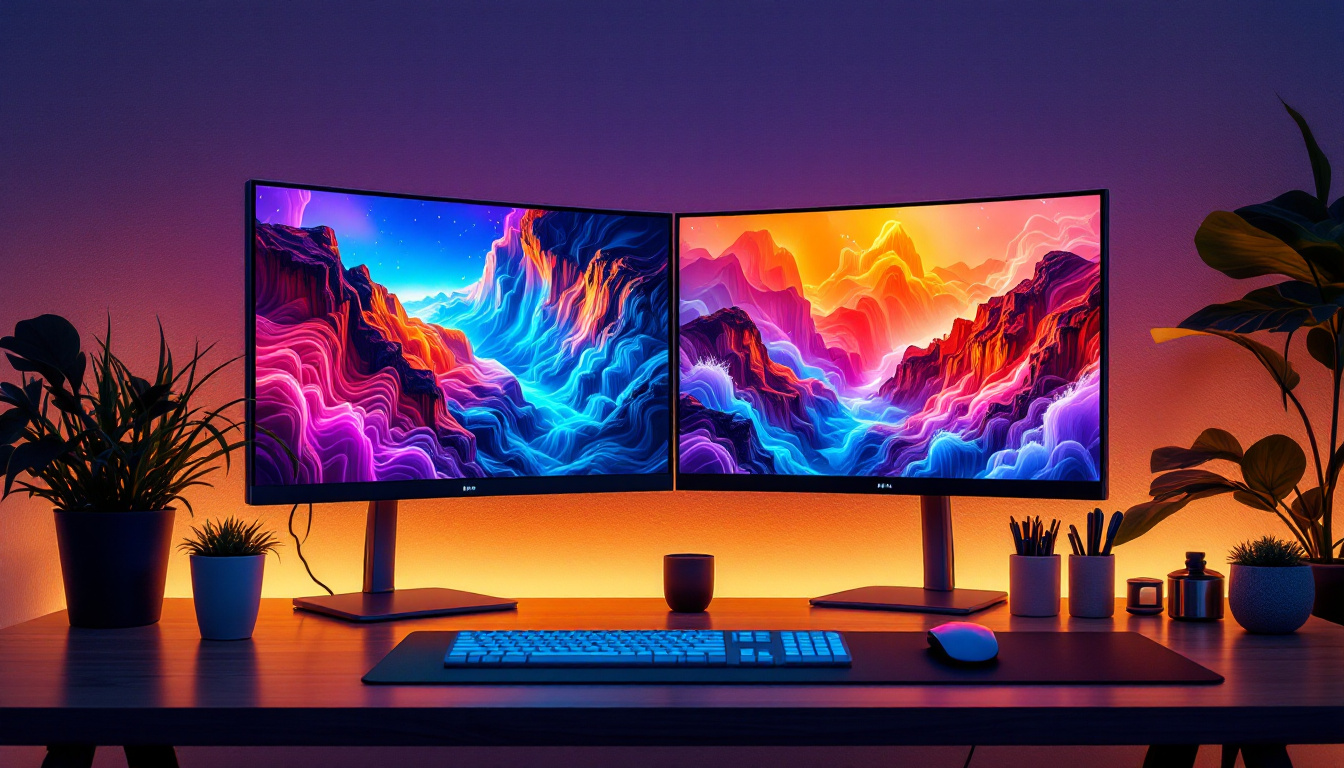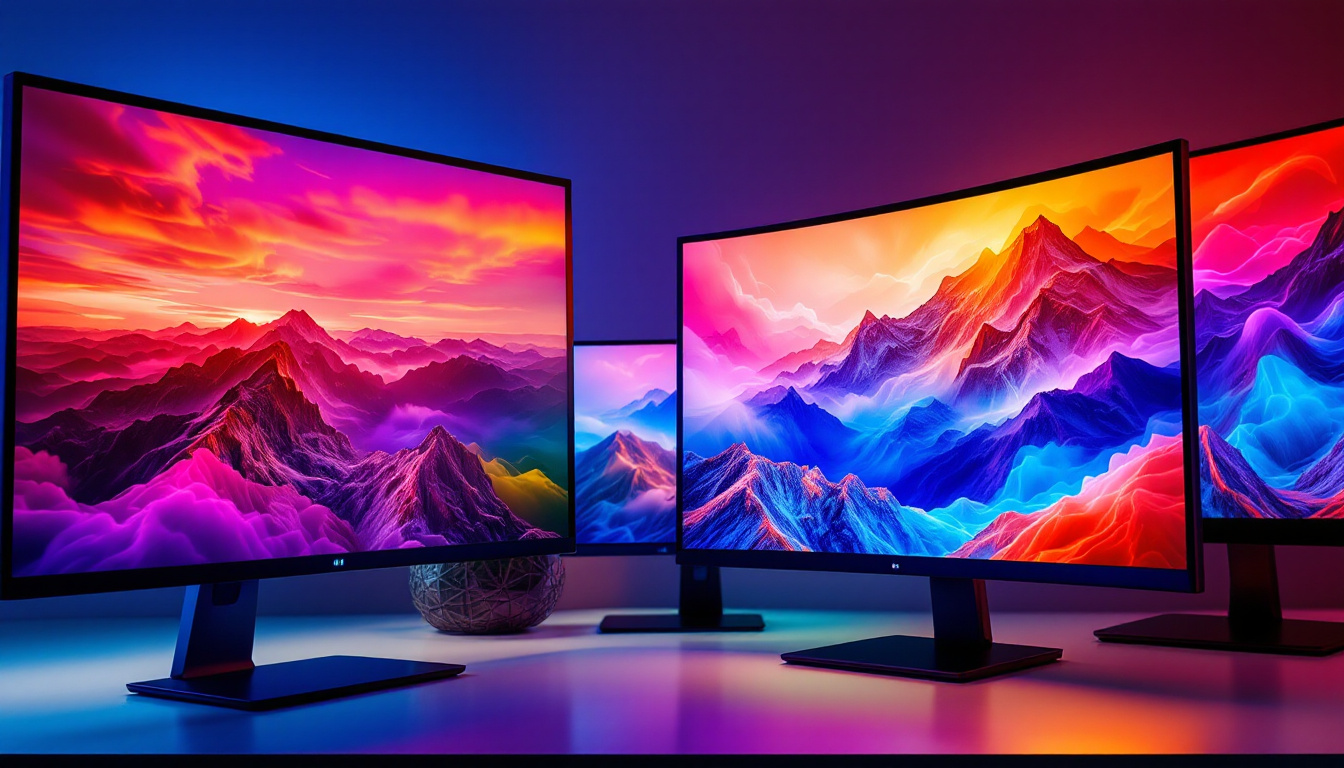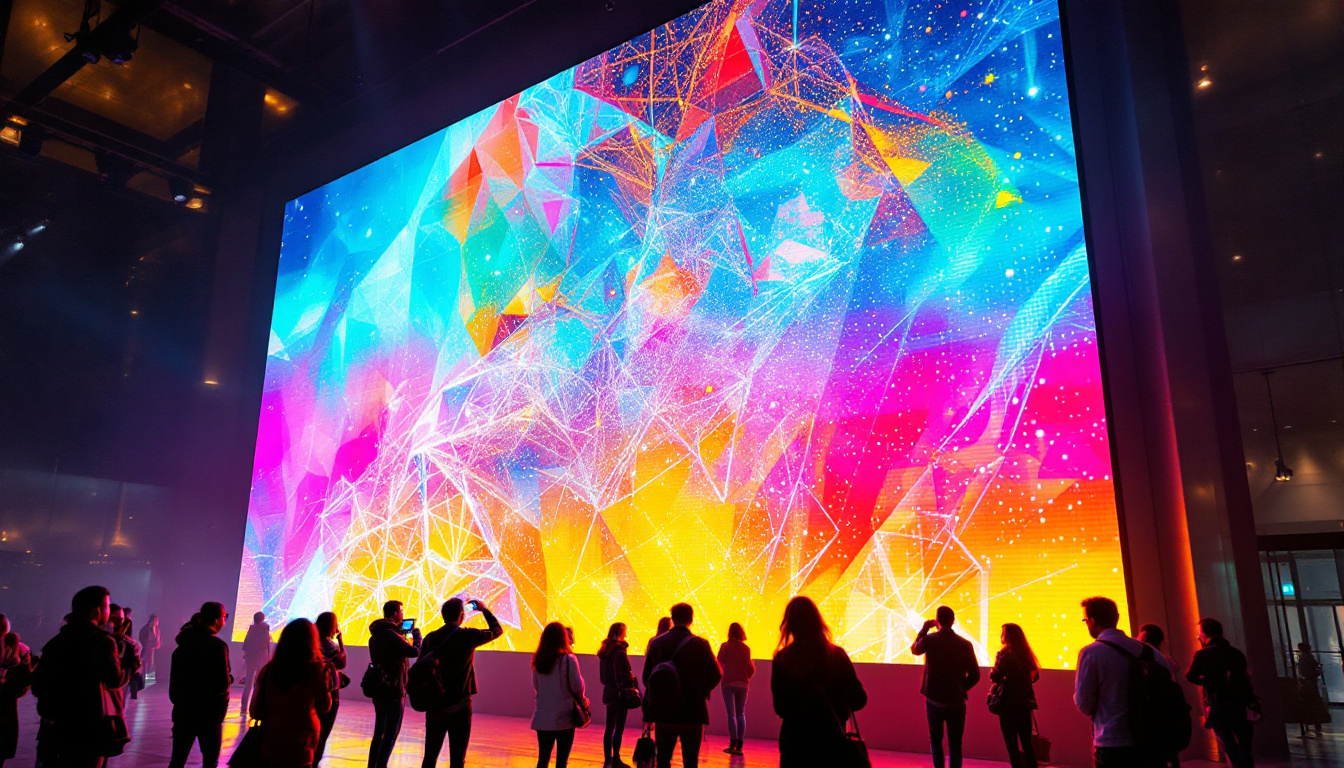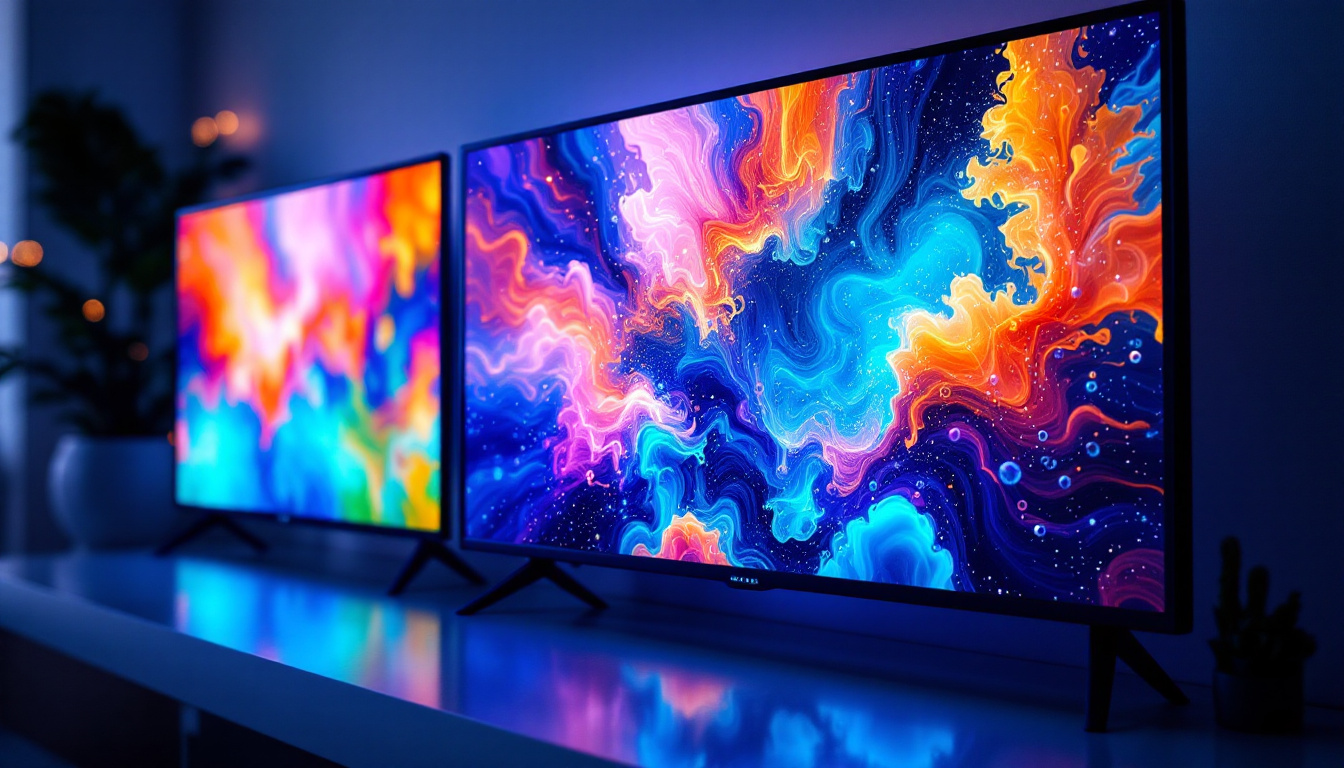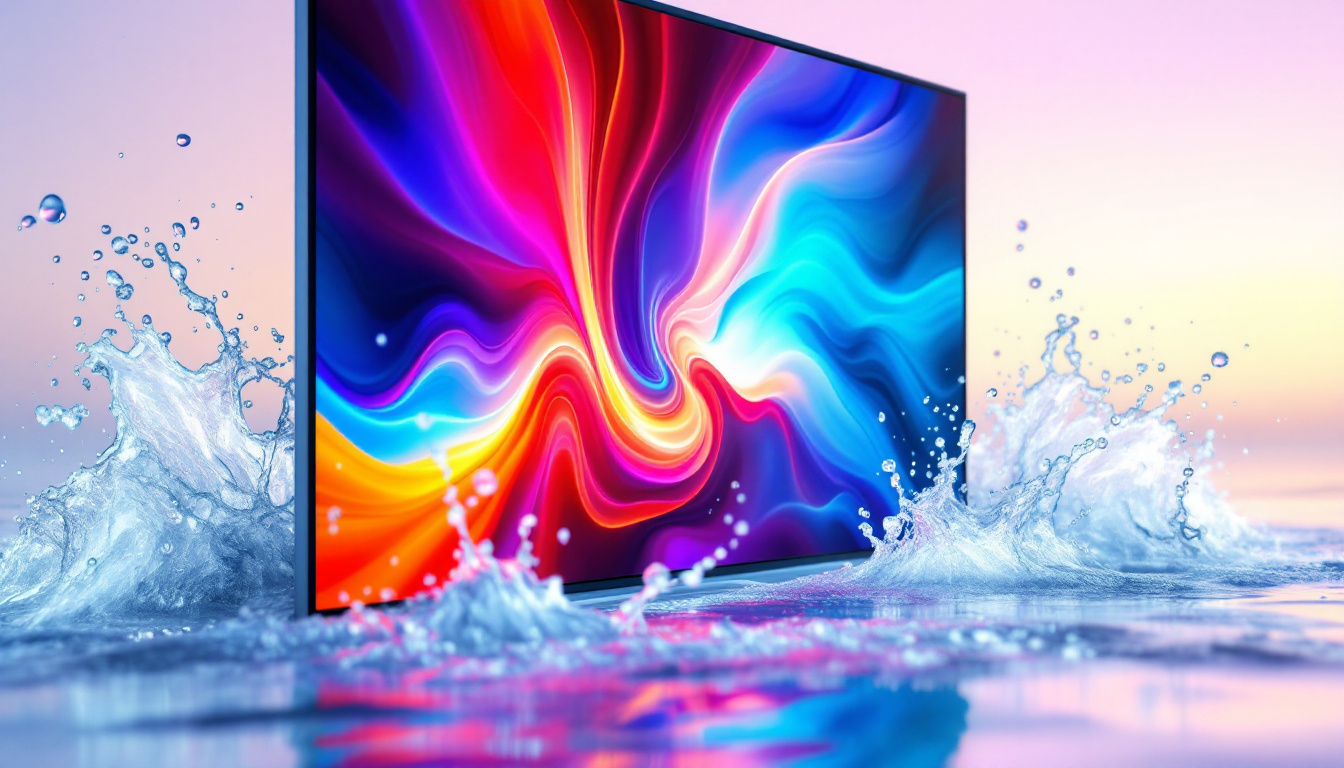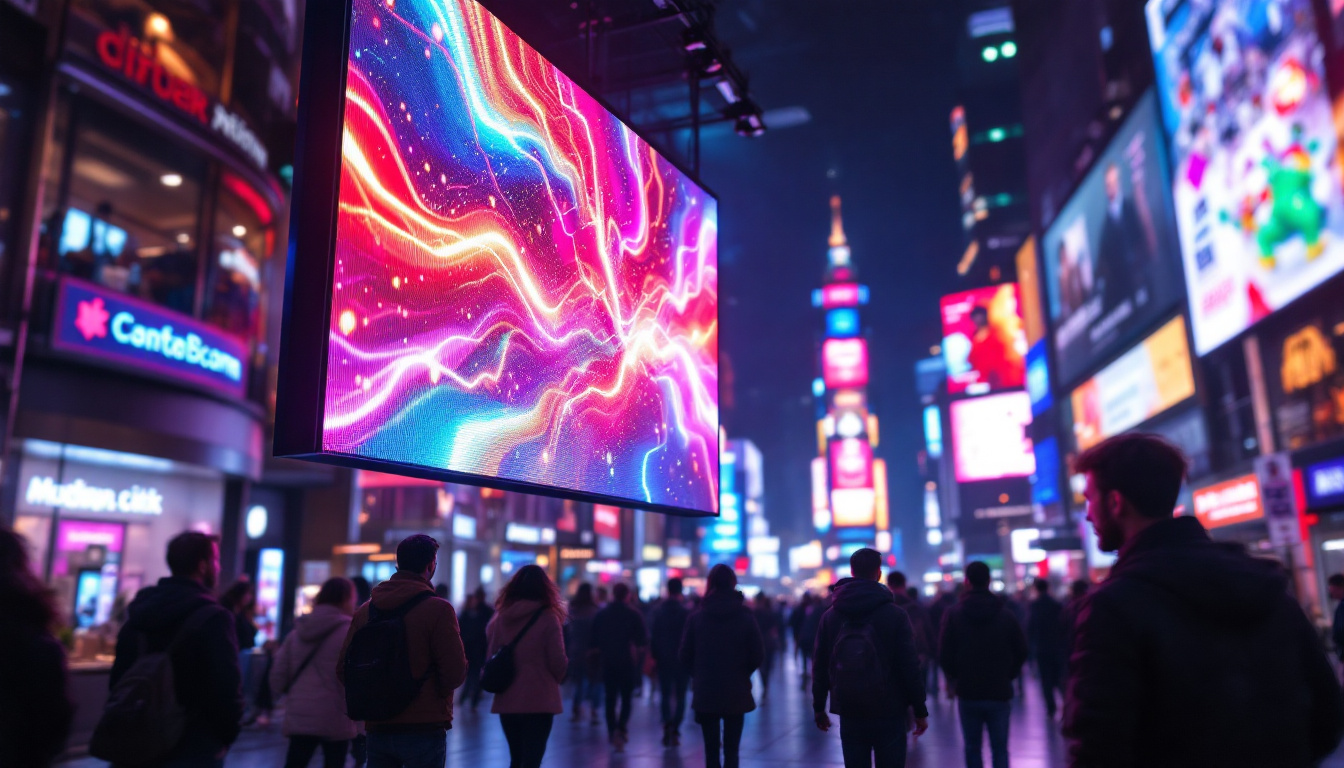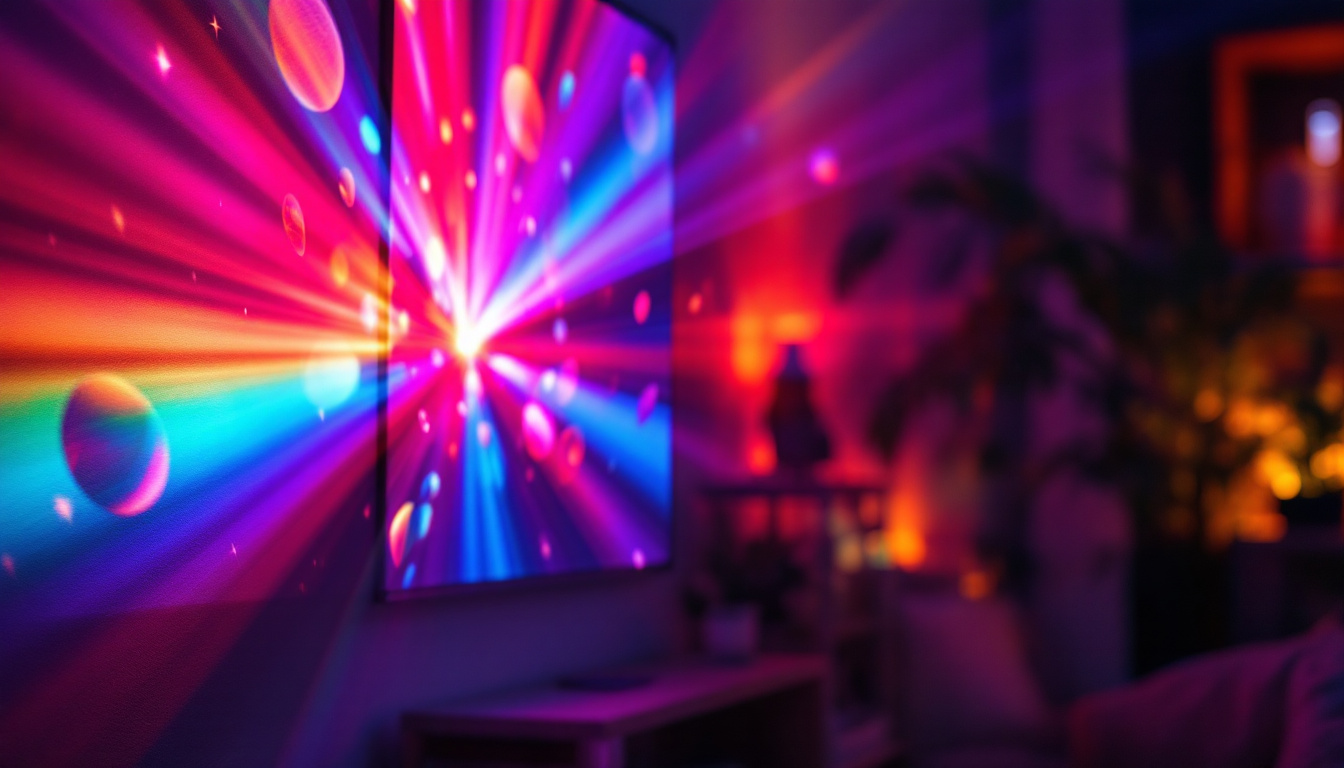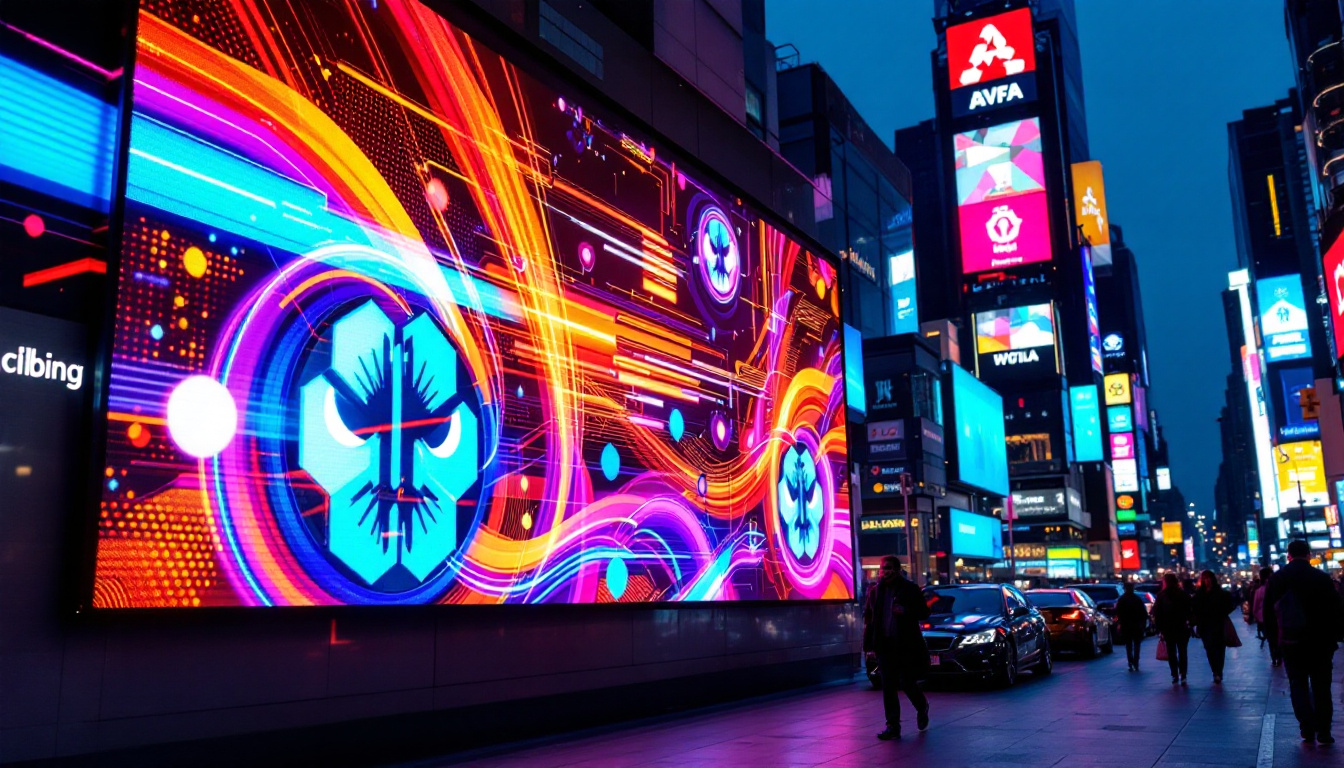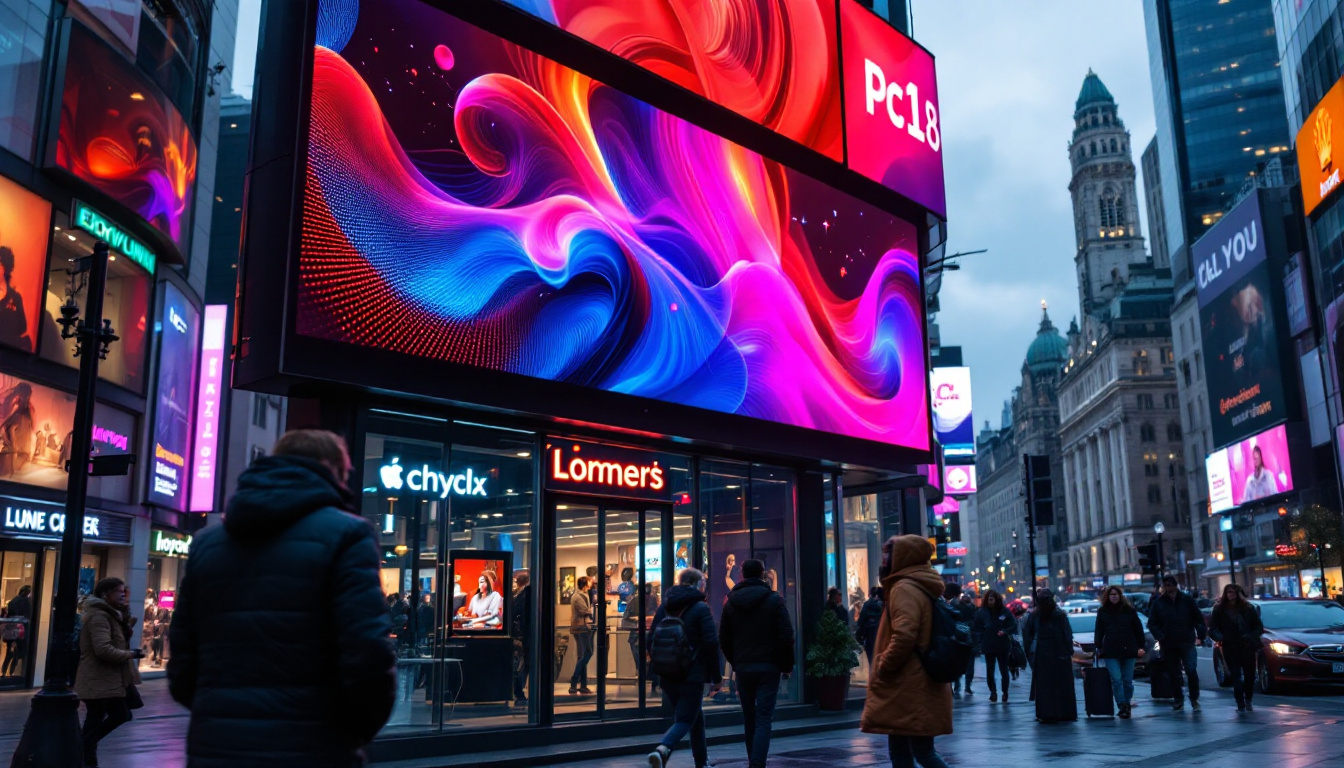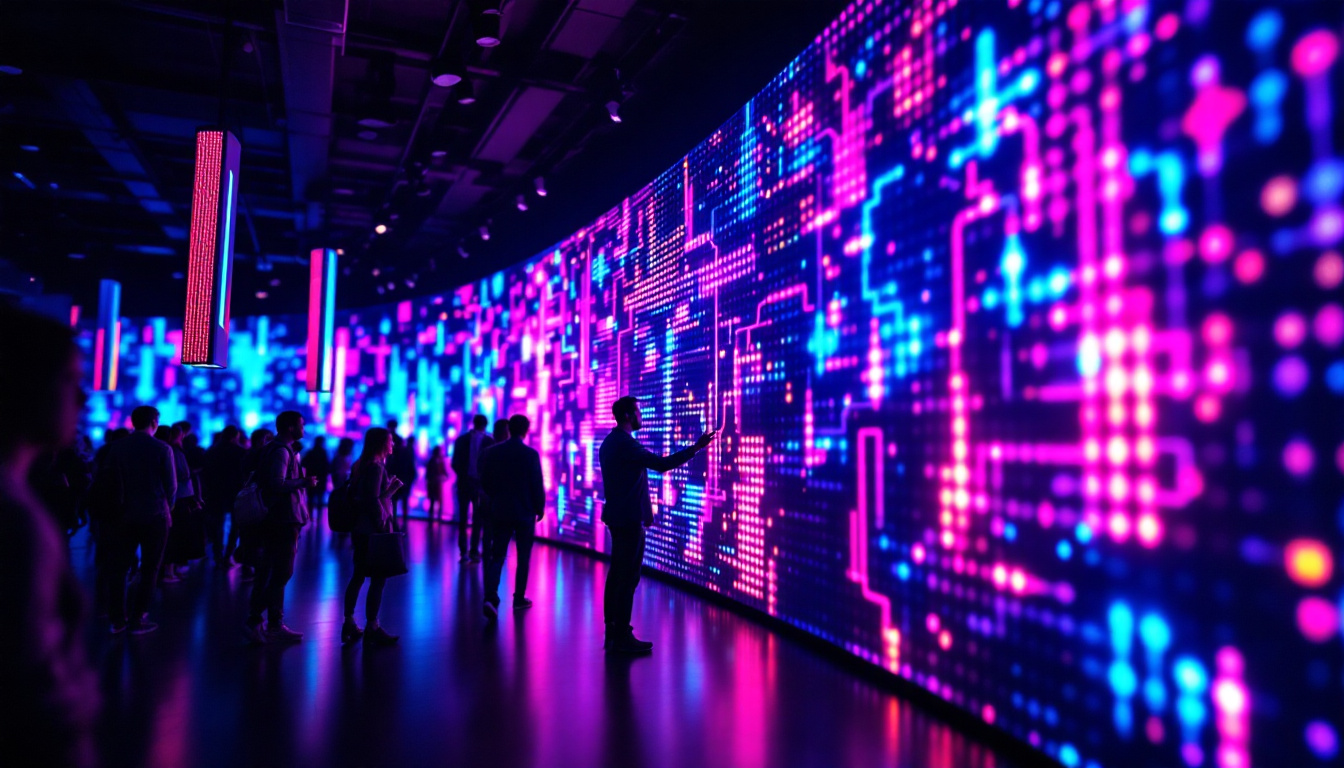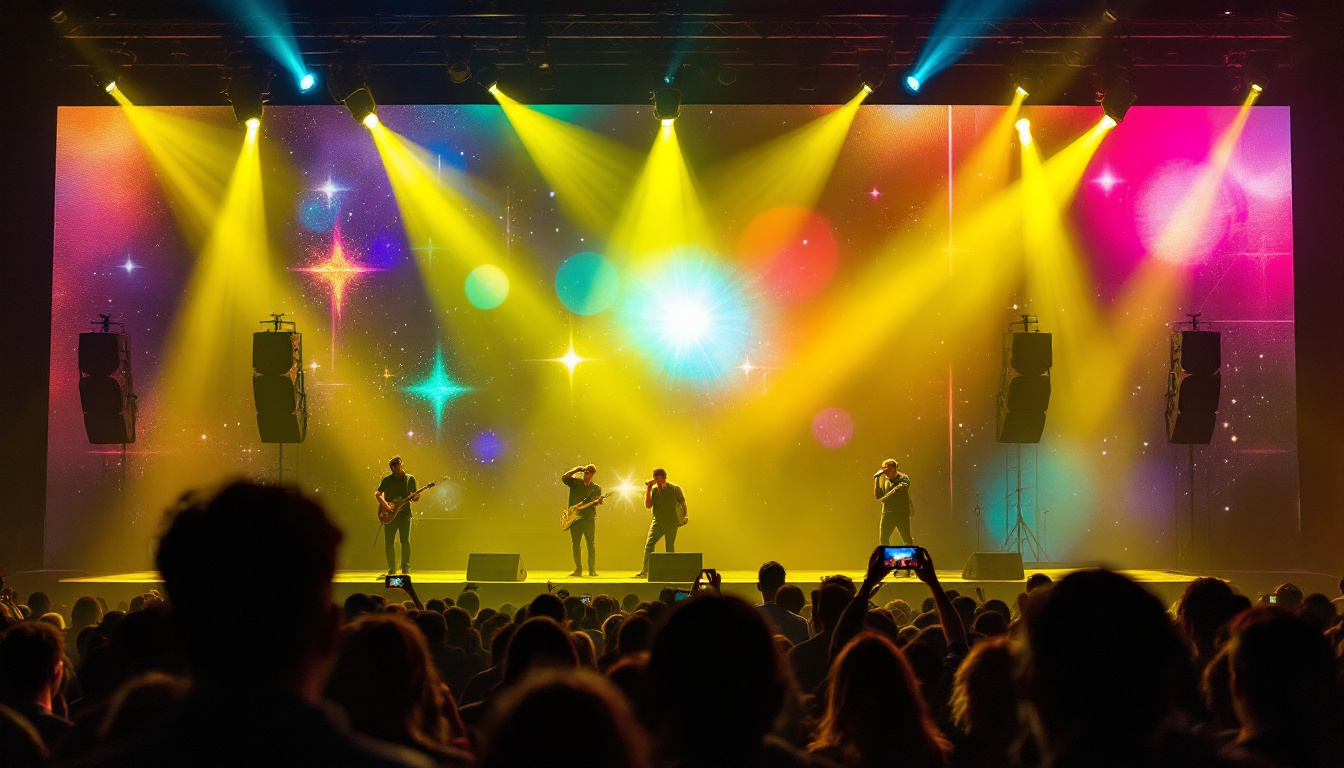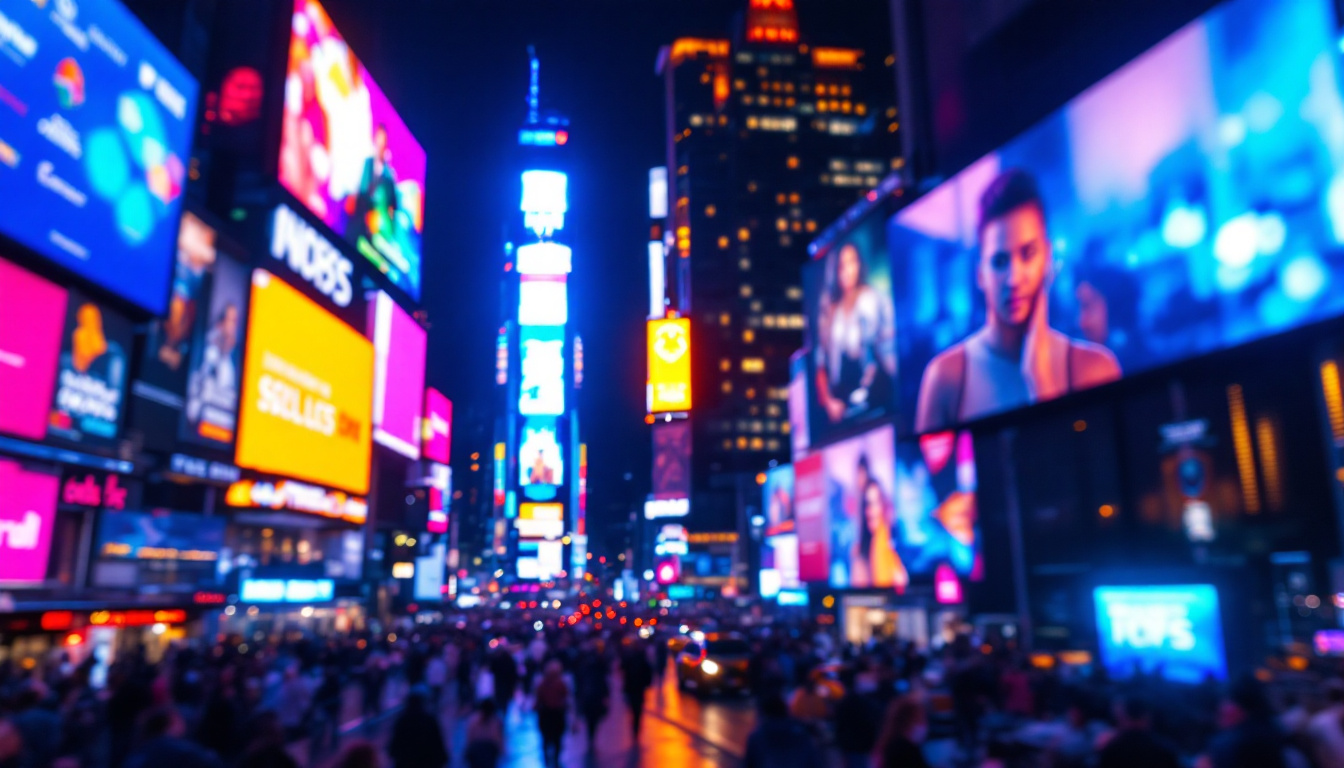In the rapidly evolving world of technology, LED displays have emerged as a dominant force in the realm of video products. Their versatility, energy efficiency, and superior image quality have made them a popular choice for various applications, from advertising to entertainment. This article delves into the intricacies of LED displays, exploring their functionality, types, advantages, and applications.
Understanding LED Technology
Light Emitting Diodes, or LEDs, are semiconductor devices that emit light when an electric current passes through them. This technology has revolutionized the way visual content is displayed, offering a range of benefits over traditional display methods. LEDs are not only energy-efficient but also have a longer lifespan compared to incandescent and fluorescent lights, making them a sustainable choice for various applications. Their compact size allows for innovative designs, enabling the creation of thinner and lighter screens that can fit into a variety of environments, from homes to large public venues.
How LED Displays Work
At the core of an LED display are numerous tiny LEDs that work together to produce images. These LEDs can be arranged in various configurations, such as in a matrix or as individual pixels. When an electric current flows through the diodes, they emit light in different colors, which combine to create the full spectrum of hues seen on the screen. The technology behind LED displays also includes sophisticated drivers and controllers that manage the intensity and timing of each LED, ensuring that images are not only vibrant but also accurately rendered in real-time.
The arrangement of these LEDs can vary significantly depending on the display type. For example, in a full-color LED display, red, green, and blue LEDs are combined to produce a wide range of colors. The brightness and clarity of the image depend on the quality of the LEDs and the technology used to control them. Additionally, advancements in dimming technology allow for improved contrast ratios, making it possible to display deeper blacks and brighter whites, which enhances the overall viewing experience.
Types of LED Displays
LED displays come in various forms, each designed for specific uses. The most common types include:
- Direct View LED Displays: These are large screens made up of individual LEDs that are visible from a distance. They are often used for outdoor advertising and large events, providing high visibility even in bright sunlight. Their modular nature allows for easy scaling, making them ideal for everything from sports arenas to concert venues.
- LED Backlit Displays: These displays use LEDs to backlight an LCD panel, enhancing brightness and contrast. They are commonly found in televisions and computer monitors, where they provide a more vivid picture than traditional fluorescent backlighting. The ability to control the backlighting zones also enables local dimming, which improves the overall picture quality by allowing darker areas of the image to remain truly black.
- MicroLED Displays: A newer technology, MicroLEDs consist of tiny individual LEDs that can create high-resolution images with excellent color accuracy. They are still in the early stages of commercialization but show great promise. MicroLED technology is particularly exciting for the development of flexible and transparent displays, which could lead to innovative applications in augmented reality and wearable devices.
In addition to these types, there are also specialized LED displays such as transparent LED screens, which allow for creative advertising solutions and immersive experiences in retail environments. These displays maintain visibility of the surroundings while still delivering dynamic content, merging the physical and digital worlds in a seamless manner. As LED technology continues to evolve, we can expect to see even more innovative applications that enhance our interaction with visual media.
Advantages of LED Displays
LED displays offer numerous advantages that make them a preferred choice in many settings. Understanding these benefits can help businesses and consumers make informed decisions about their video display needs.
Energy Efficiency
One of the most significant advantages of LED displays is their energy efficiency. Compared to traditional display technologies, such as CRT or fluorescent screens, LEDs consume significantly less power. This efficiency not only reduces electricity costs but also has a positive impact on the environment by lowering carbon footprints. In fact, studies have shown that switching to LED technology can lead to energy savings of up to 80%, making it a financially savvy choice for both commercial and residential applications. Furthermore, many governments and organizations offer incentives for adopting energy-efficient technologies, which can further offset initial investment costs.
Brightness and Visibility
LED displays are known for their exceptional brightness levels, making them suitable for both indoor and outdoor applications. The ability to produce vibrant colors and high contrast ratios ensures that images remain clear and visible even in direct sunlight. This feature is particularly advantageous for advertising billboards and outdoor events. Additionally, LED technology allows for dynamic content display, enabling businesses to showcase promotions or announcements in real-time. This adaptability not only captures attention but also engages audiences more effectively, leading to higher conversion rates and enhanced brand visibility.
Longevity and Durability
LEDs are designed to last longer than traditional display technologies, often exceeding 50,000 hours of use. This longevity translates to lower maintenance costs and fewer replacements over time. Additionally, LED displays are generally more durable, resistant to shocks and vibrations, making them ideal for various environments. Their robust construction means they can withstand harsh weather conditions, making them a reliable choice for outdoor installations. Moreover, advancements in LED technology have led to improved thermal management, which further extends the lifespan of these displays and ensures consistent performance over time. This durability not only benefits businesses by reducing operational disruptions but also enhances the overall user experience, as audiences can enjoy uninterrupted viewing without the worry of frequent outages or replacements.
Applications of LED Displays
The versatility of LED displays allows them to be used in a wide range of applications across different industries. From entertainment to information dissemination, their adaptability is unmatched.
Advertising and Marketing
LED displays have transformed the advertising landscape. Their ability to showcase dynamic content, such as videos and animations, captures the attention of passersby more effectively than static displays. Businesses utilize LED billboards and digital signage to promote products, services, and events, enhancing customer engagement.
Entertainment and Events
In the entertainment industry, LED displays play a crucial role in concerts, sporting events, and festivals. Large screens provide audiences with a clear view of performances, while creative lighting effects enhance the overall experience. Additionally, LED walls are often used in theaters and cinemas to create immersive environments.
Corporate and Educational Use
LED displays are increasingly being adopted in corporate settings for presentations, meetings, and conferences. Their clarity and brightness ensure that information is easily visible to all attendees. In educational institutions, LED screens are used for teaching and interactive learning, engaging students more effectively than traditional methods.
Choosing the Right LED Display
When selecting an LED display, several factors need to be considered to ensure that the chosen product meets the specific requirements of the intended application.
Resolution and Pixel Pitch
Resolution is a critical factor in determining the quality of an LED display. Higher resolution displays provide sharper images and finer details. Pixel pitch, the distance between the center of one pixel to the center of the next, also plays a significant role. A smaller pixel pitch results in a higher resolution, making it suitable for close viewing distances.
Brightness Levels
Brightness is another essential consideration, especially for outdoor displays. The brightness level is measured in nits, with higher values indicating greater visibility in bright environments. For outdoor applications, a minimum brightness of 5,000 nits is often recommended to ensure clarity in direct sunlight.
Installation and Maintenance
Ease of installation and maintenance should also be factored into the decision-making process. Some LED displays come with modular designs, allowing for easier setup and repair. Additionally, consider the availability of technical support and warranty options when selecting a vendor.
Future Trends in LED Display Technology
The LED display industry is continually evolving, with advancements in technology leading to new possibilities and applications. Understanding these trends can provide insights into the future of visual displays.
Advancements in MicroLED Technology
MicroLED technology is gaining traction due to its potential to deliver superior image quality and energy efficiency. As this technology matures, it is expected to replace traditional LED displays in many applications, offering even greater resolution and color accuracy.
Integration with Smart Technology
As smart technology becomes more prevalent, LED displays are increasingly being integrated into smart systems. This integration allows for enhanced interactivity, enabling users to control displays remotely and customize content in real time. Such capabilities are particularly useful in advertising and corporate environments.
Sustainability Initiatives
With growing awareness of environmental issues, manufacturers are focusing on creating more sustainable LED displays. This includes using recyclable materials, reducing energy consumption, and improving the overall lifespan of products. As sustainability becomes a priority for consumers, eco-friendly LED displays will likely gain popularity.
Conclusion
LED displays have revolutionized the way visual content is presented, offering unmatched clarity, brightness, and energy efficiency. Their diverse applications across various industries highlight their versatility and importance in modern communication. As technology continues to advance, LED displays will undoubtedly play a pivotal role in shaping the future of visual media.
For businesses and consumers alike, understanding the intricacies of LED displays is essential for making informed decisions. Whether for advertising, entertainment, or educational purposes, selecting the right LED display can significantly enhance the overall experience and effectiveness of visual communication.
Discover LumenMatrix LED Display Solutions
Ready to elevate your visual experience with the latest in LED technology? Look no further than LumenMatrix, a pioneer in crafting innovative LED display solutions that bring your content to life. From vibrant Indoor and Outdoor LED Wall Displays to dynamic Vehicle and Sports LED Displays, and even customizable options like Floor and Transparent LED Displays, LumenMatrix offers a comprehensive range of products designed to captivate your audience and amplify your message. Embrace the future of visual communication with LumenMatrix’s cutting-edge digital signage. Check out LumenMatrix LED Display Solutions today and transform the way you connect with the world.

